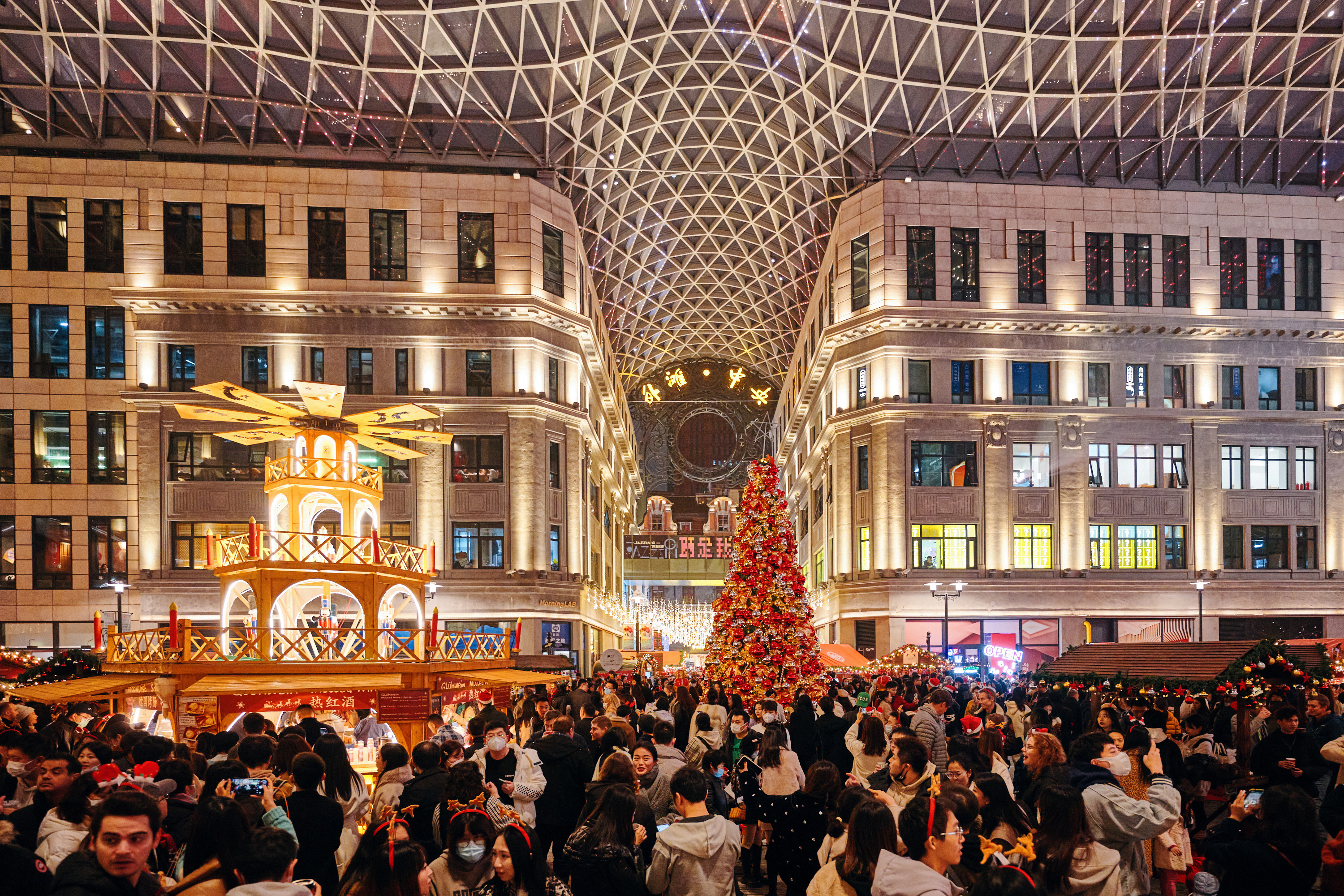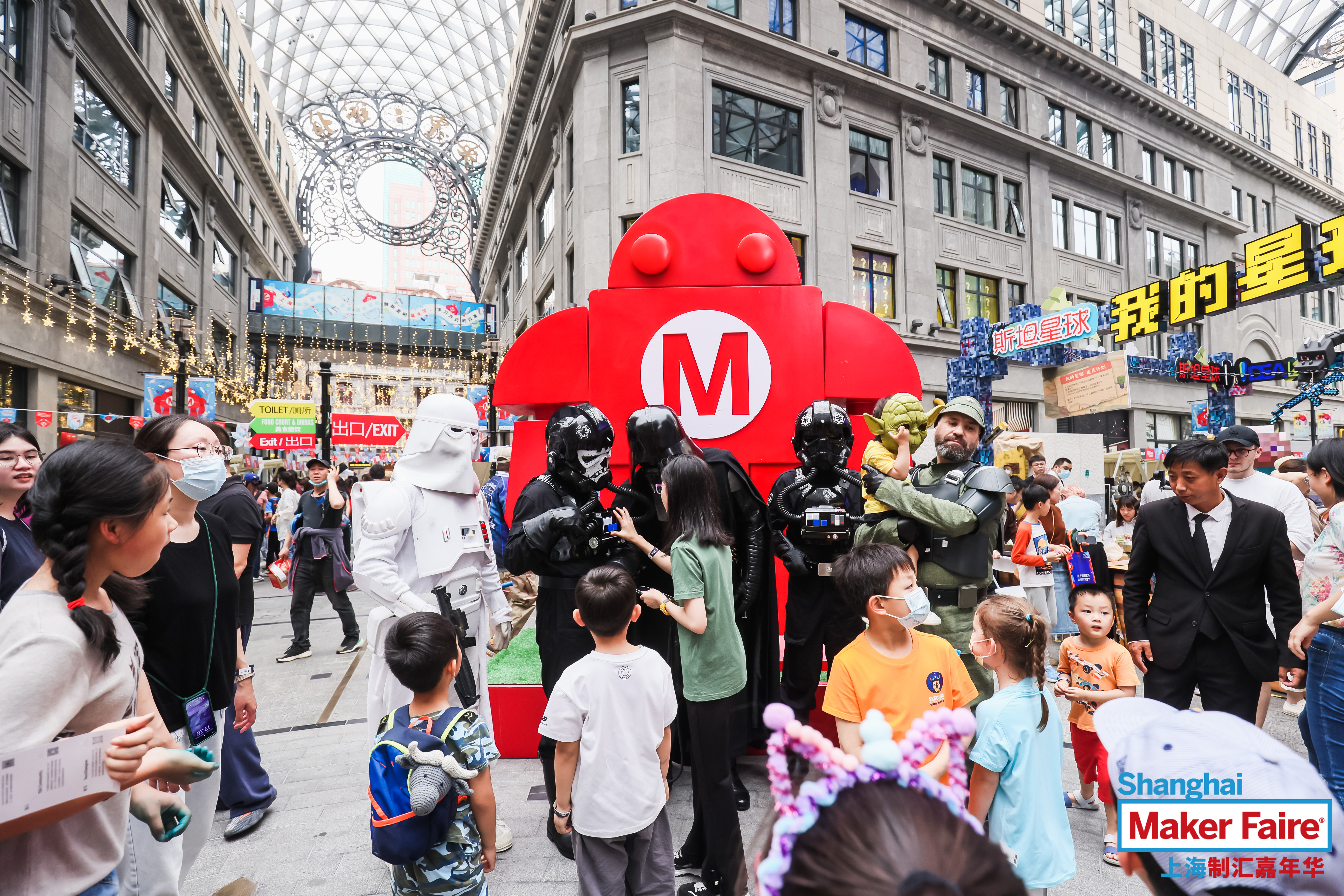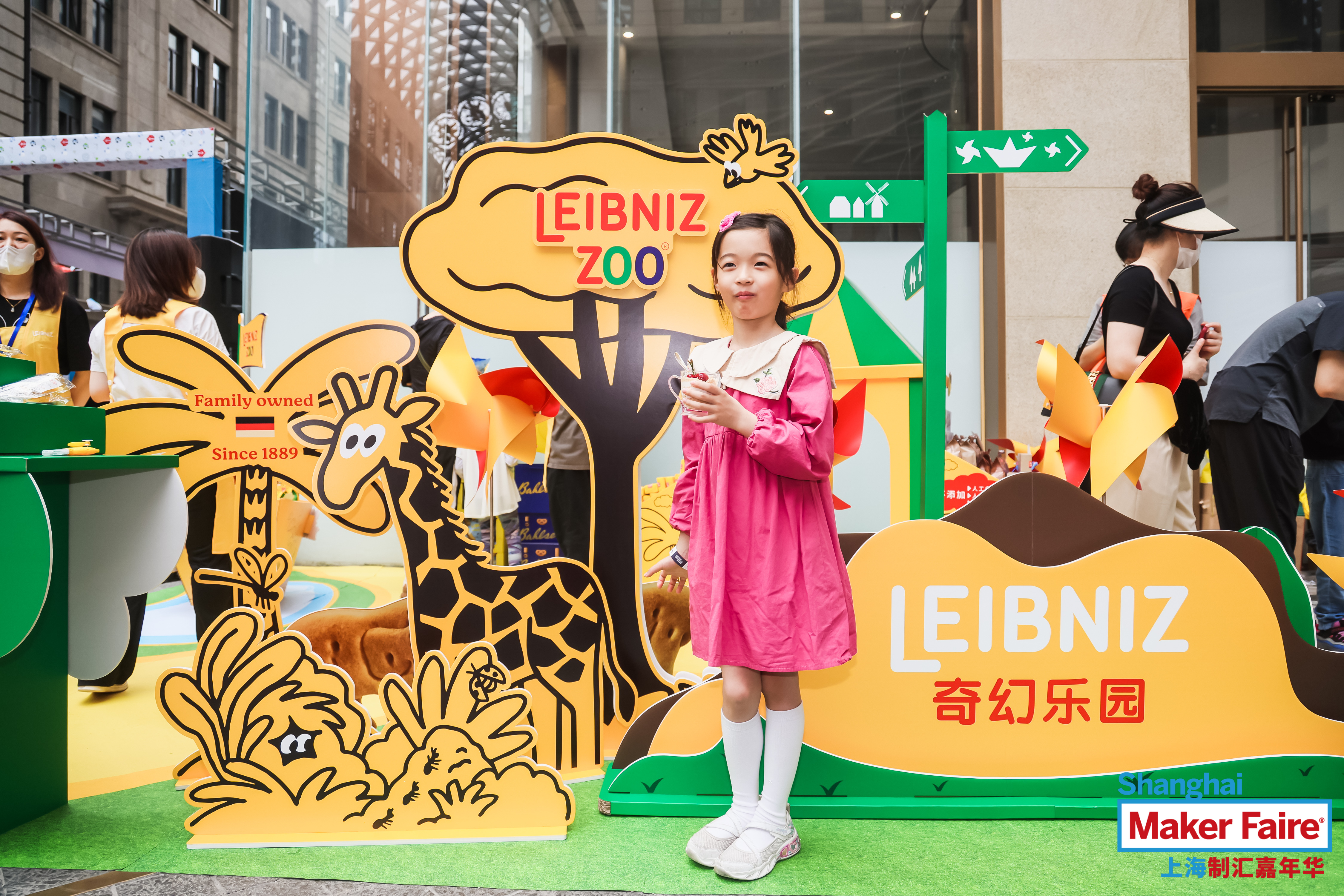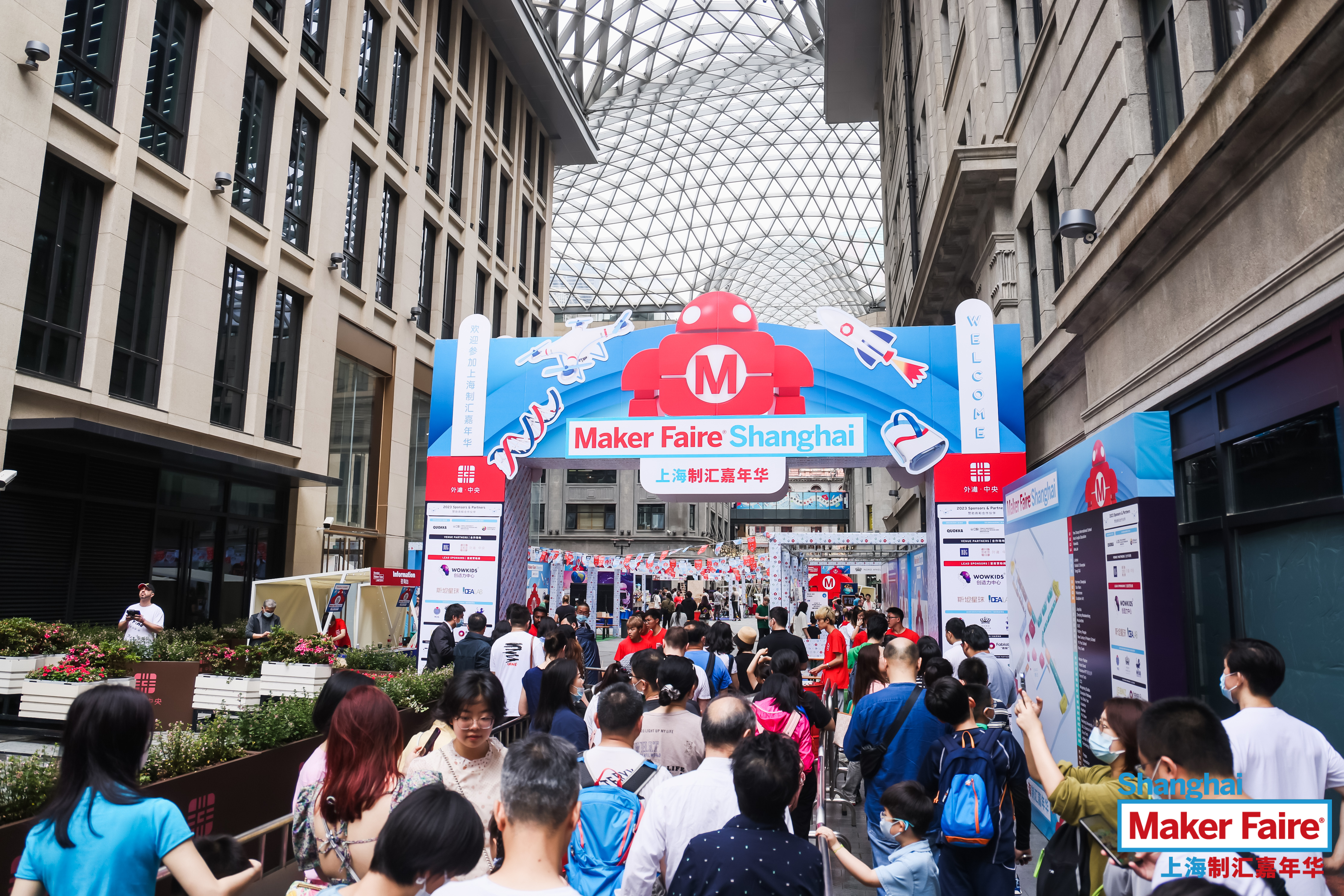If you have ever visited Germany during the Advent season, you have probably experienced the charm and joy of German Christmas markets. These are outdoor markets that offer a variety of goods, food, drinks, and entertainment related to Christmas and winter. They are usually held in the main squares or streets of towns and cities, often near historic landmarks or churches. They are decorated with lights, garlands, wreaths, and other festive ornaments. They are filled with people of all ages, who come to shop, eat, drink, socialize, and celebrate.
But how did these markets come to be? What is their history and culture? How have they changed over time? And what do they mean for Germany today? In this article, we will answer these questions and more.



The Origins of German Christmas Markets
The origins of German Christmas markets can be traced back to the Middle Ages, when Germany was not yet a unified nation but a collection of various principalities, duchies, kingdoms, and city-states. At that time, people lived in rural areas or small towns, where they depended on agriculture and trade for their livelihoods. They also followed the Christian calendar, which marked various religious feast days throughout the year.
One of these feast days was December 6th, the day of Saint Nicholas, who was the patron saint of children, merchants, sailors, and travelers. On this day, people would honor him by giving gifts to children and donating to the poor. They would also hold markets in his name, where they would sell or exchange goods such as food, clothing, tools, toys, candles, spices, and more. These markets were also an opportunity for people to stock up on supplies for the winter months ahead.
Another important feast day was December 25th, the day of Christmas, which celebrated the birth of Jesus Christ. On this day, people would attend church services and exchange gifts with their families and friends. They would also decorate their homes with evergreen branches, mistletoe, holly, and candles. They would also prepare special meals such as roast goose or duck, breads, cakes, pies, and puddings.
As time went on, these two feast days became more closely linked together in people’s minds and practices. The markets that were held on December 6th gradually extended to last until December 24th or even January 6th (the day of Epiphany). The goods that were sold at these markets became more focused on Christmas-related items such as ornaments, nativity scenes, gingerbread houses, nutcrackers, wooden toys, and more. The food and drinks that were offered at these markets also became more festive and seasonal such as mulled wine (Glhwein), hot chocolate (Heie Schokolade), roasted chestnuts (Gebrannte Mandeln), stollen (a fruit bread), lebkuchen (a gingerbread cookie), marzipan (a sweet almond paste), and more.
These markets became known as Christkindlmarkt (Christ child market) or Weihnachtsmarkt (Christmas market), depending on the region or dialect. They became a popular tradition that attracted people from near and far to enjoy the spirit of Christmas and winter.
The Evolution of German Christmas Markets
German Christmas markets have evolved over time to reflect the changing political, social, economic, and cultural contexts of Germany. Some of the major events that influenced their development include:
- The Reformation: In the 16th century, Germany was divided by religious conflicts between Catholics and Protestants. The Protestants rejected some of the Catholic traditions such as venerating saints or celebrating feast days. They also introduced a new figure to replace Saint Nicholas as the gift-giver: Christkind (Christ child), a representation of Jesus as a child or an angel. The Christkind would visit children on Christmas Eve and leave presents under the tree or in their shoes. The Protestants also renamed the markets as Christkindlmarkt to emphasize their focus on Christ rather than Saint Nicholas.
- The Industrial Revolution: In the 18th and 19th centuries, Germany underwent a rapid industrialization and urbanization that transformed its economy and society. Many people moved from rural areas to cities, where they worked in factories, mines, or railways. They also faced new challenges such as poverty, overcrowding, pollution, and social unrest. The Christmas markets became a way for people to escape from the harsh realities of their lives and to reconnect with their traditions and roots. They also became a source of income and pride for many artisans, craftsmen, and merchants who displayed their skills and products at the markets.
- The World Wars: In the 20th century, Germany was involved in two devastating world wars that caused immense suffering and destruction. The Christmas markets were severely affected by these wars, as many of them were closed, damaged, or destroyed by bombings, fires, or looting. Some of them were also used for propaganda purposes by the Nazi regime, which tried to reshape the meaning and image of Christmas to suit its ideology and agenda. After the wars, the Christmas markets were gradually restored and reopened as a symbol of hope and recovery for the German people.
- The Reunification: In 1989, the Berlin Wall fell and Germany was reunified after being divided into East and West for over 40 years. The Christmas markets played a role in this historic event, as they served as a meeting point and a bridge between the two sides. They also helped to preserve and revive some of the regional and local variations and specialties that had been lost or suppressed during the division. They also became more diverse and inclusive, as they welcomed visitors and vendors from other countries and cultures.



The Significance of German Christmas Markets
Today, German Christmas markets are one of the most beloved and popular attractions during the holiday season. They attract millions of visitors every year, both from within Germany and from abroad. They are also a major source of revenue and employment for many cities and towns.
But beyond their economic and touristic value, German Christmas markets have a deeper cultural and social significance for Germany. They are a way of:
- Celebrating German culture and heritage: The Christmas markets showcase some of the best aspects of German culture and heritage, such as its craftsmanship, cuisine, music, art, literature, folklore, and customs. They also reflect some of the regional and local diversity and identity of Germany, as each market has its own unique features and specialties.
- Sharing German culture with others: The Christmas markets are open and welcoming to everyone, regardless of their background or beliefs. They are a way of sharing German culture with others, especially with foreigners who may not be familiar with it or who may have negative stereotypes about it. They are also a way of learning from others, as they expose German people to other cultures and traditions that are represented at the markets.
- Creating a sense of community: The Christmas markets create a sense of community among the people who visit them or work at them. They are a place where people can meet, interact, socialize, and have fun together. They are also a place where people can support each other, especially those who are in need or less fortunate. Many Christmas markets donate part of their proceeds to charity or offer free or discounted goods or services to those who cannot afford them.
- Enjoying the spirit of Christmas: The Christmas markets are a way of enjoying the spirit of Christmas, which is not only about religion but also about values such as peace, joy, love, generosity, gratitude, and hope. They are a way of celebrating the birth of Christ for those who believe in him, but also a way of celebrating life itself for those who do not. They are a way of expressing gratitude for what we have and giving back to those who do not. They are a way of spreading joy and happiness to ourselves and others.










We hope you enjoyed reading this article and we invite you to visit our German Events Website to learn more about our events and services related to German culture in China.











